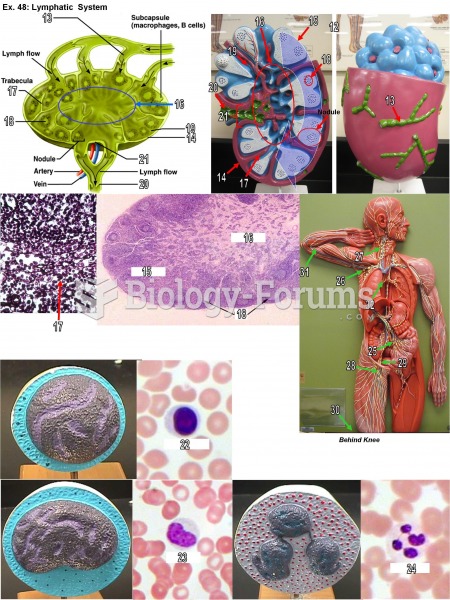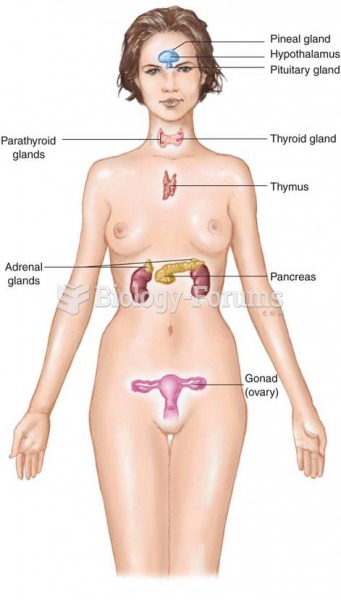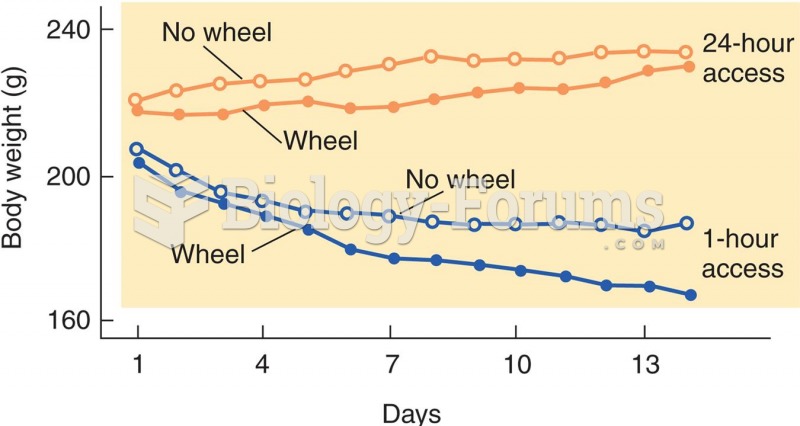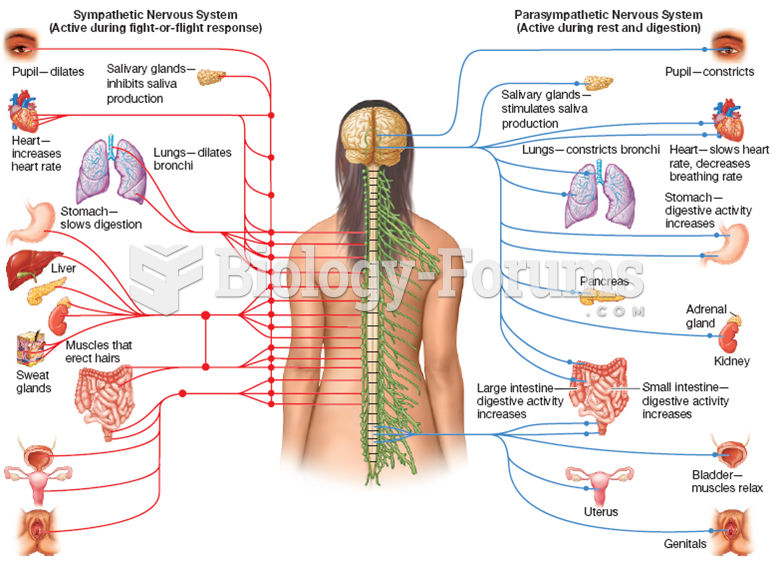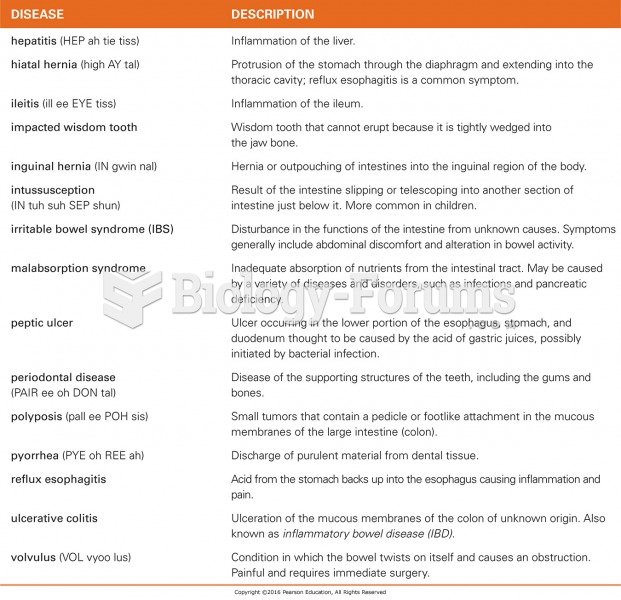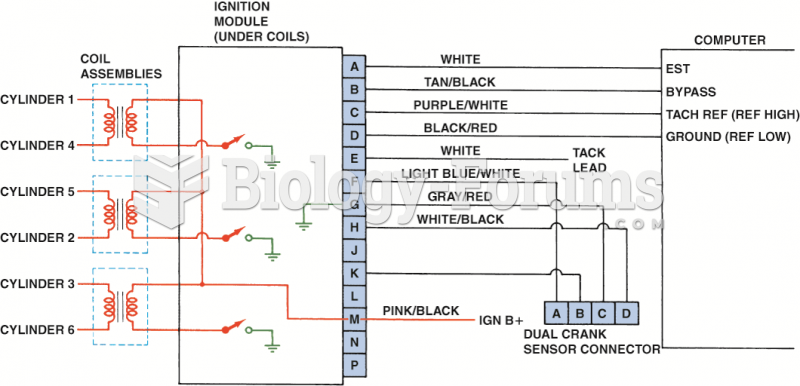Answer to Question 1The Institute of Medicine's Acceptable Macronutrient Distribution Ranges recommend that you consume 10 to 35 percent of your energy as protein. The Guidelines specifically encourage a range of intakes from fat-free or low-fat milk, lean meats, eggs, fish, nuts/seeds, and legumes to support optimal health. These food groups represent nutrient-dense, high-protein foods. More specifically, the Food Patterns and MyPlate recommend 1 to 6 ounces of lean meat and two to three cups of fat-free or low-fat dairy products daily, depending on caloric needs and whether you tend to choose foods that align most closely to a US-style, Mediterranean-style, or vegetarian eating pattern. Periodic consumption of legumes, such as dried beans and peas, is also encouraged. Note that three ounces of lean meat is generally equivalent to a small steak, lean hamburger patty, chicken breast, or a piece of fish. Portions of meat served in restaurants and cafeterias are often much larger than this. To determine precisely how many servings are recommended for you, visit the MyPlate website (
http://www.choosemyplate.gov).
Answer to Question 2Just 20 different amino acids combine to form all the proteins required by the human body. Amino acids can be categorized as essential (or indispensable), nonessential (or dispensable), or conditionally essential (or conditionally indispensable). The nine essential amino acids are those you must consume in your diet because your body cannot make them at all, or cannot make them in required amounts. For most people, the remaining 11 amino acids are nutritionally nonessential because they can be synthesized from other compounds. To do this, the body transfers an amino group from an essential amino acid to an -keto acid, which is, in essence, an amino acid without an amino group. This process, called transamination, results in the synthesis of the nonessential amino acids.


